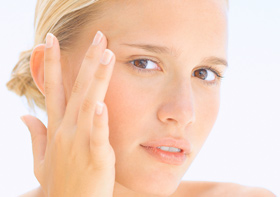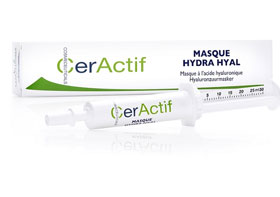Hair Restoration
If you suffer from hair loss or notice it is getting thinner, AMP skin and laser clinic offers a clinically proven treatment programme.
H-Stim, a new non-invasive hair renewal serum combines a powerful range of proven active formulations known to relieve the problems of thinning hair. When combined with ‘in-clinic’ red-diode light therapy, H-Stim Recovery Serum is proven to be very effective against excessive hair loss.
This serum has been special designed to offer a new solution for the prevention of premature ageing of the hair follicles. The active ingredients in the formula has positive effects on the hair:
- Stimulates hair growth
- Prolong the life span
- Increases the density and fullness
- Revitalises dormant follicles
- Suitable for men and women
The unique formula helps to prevent stiffening of the collagen and nourishes the hair from the root, resulting in stronger, thicker and more luxuriant hair. This product is an ideal complement to any hair care routine but especially when used with Diode Light Therapy.
How Hair Grows
Our DNA determines the number of hair follicles that we are born with, therefore it is impossible to increase the number of follicles on the scalp.
Hair growth is regulated by the dermal papilla, a structure located at the base of the hair follicle. The dermal papilla regulates which phase of the growth cycle a follicle is in at any one time.
During the growth phase, rapid cell division takes place above the dermal papilla at the matrix. The dividing cells are pushed upwards from the follicle’s base where they harden and undergo pigmentation, a process known as keratinisation.
Keratinised cells form the hair shaft and exit the epidermis, appearing to the naked eye as hair.
Follicular Miniaturization
Hair will grow thick and strong up until puberty, when levels of testosterone in the body increase. At this time, hair is the thickest and strongest that it will ever be.
Testosterone is converted into dihydrotestosterone (DHT) by an enzyme 5‑alpha‑reductase. DHT that is not required by the sex organs for normal function may bind to DHT receptors located on the dermal papillae on the crown of the head. This process disrupts the hair growth cycle, resulting in the reduction of cell division in the matrix and a decrease in the production of keratinised cells, which in turn produces a shorter, thinner hair shaft. Consequently the hair follicle miniaturises and shifts back into the resting phase, giving rise to the term ‘male and female pattern hair loss’ – a condition referred to as Androgenetic Alopecia.


